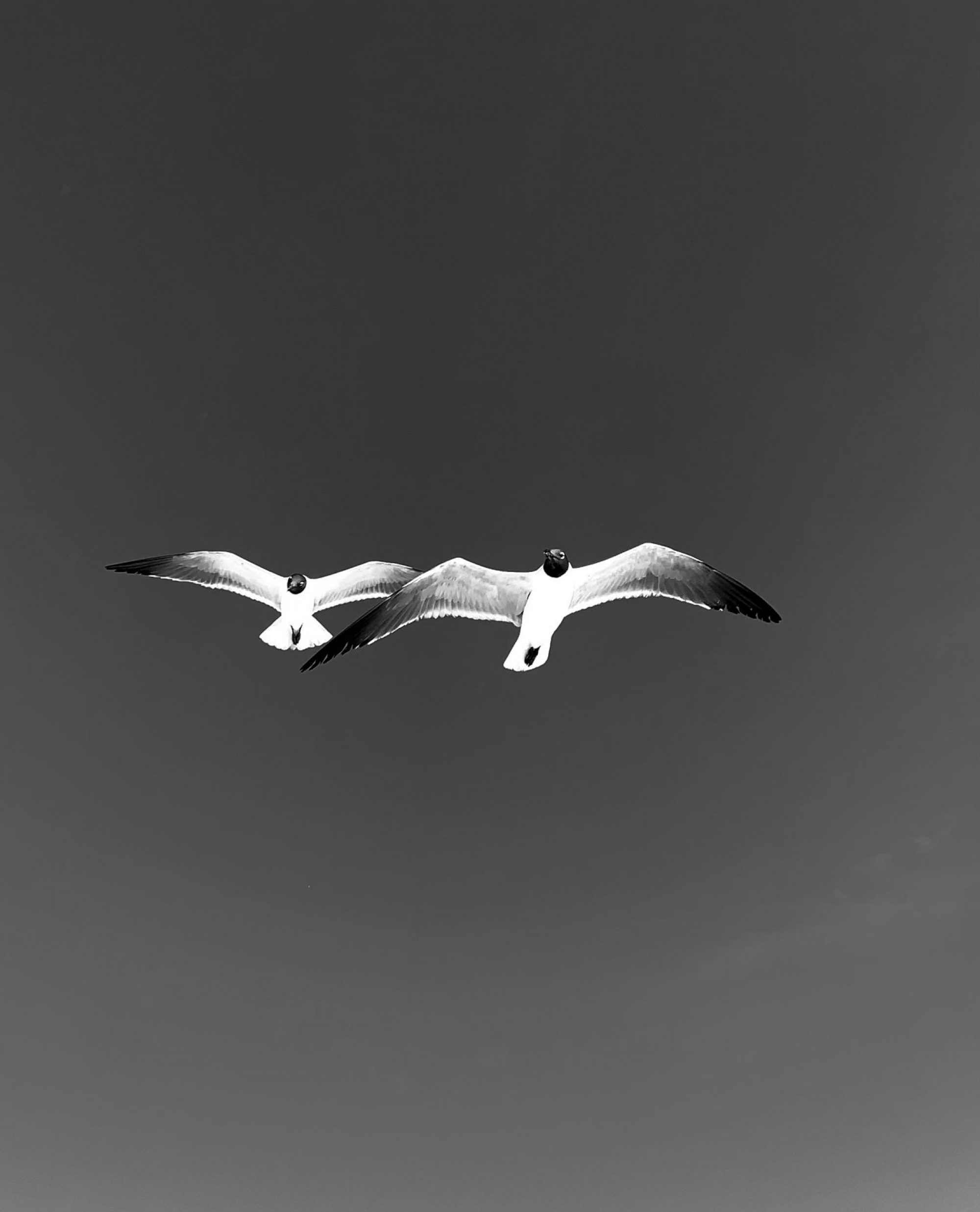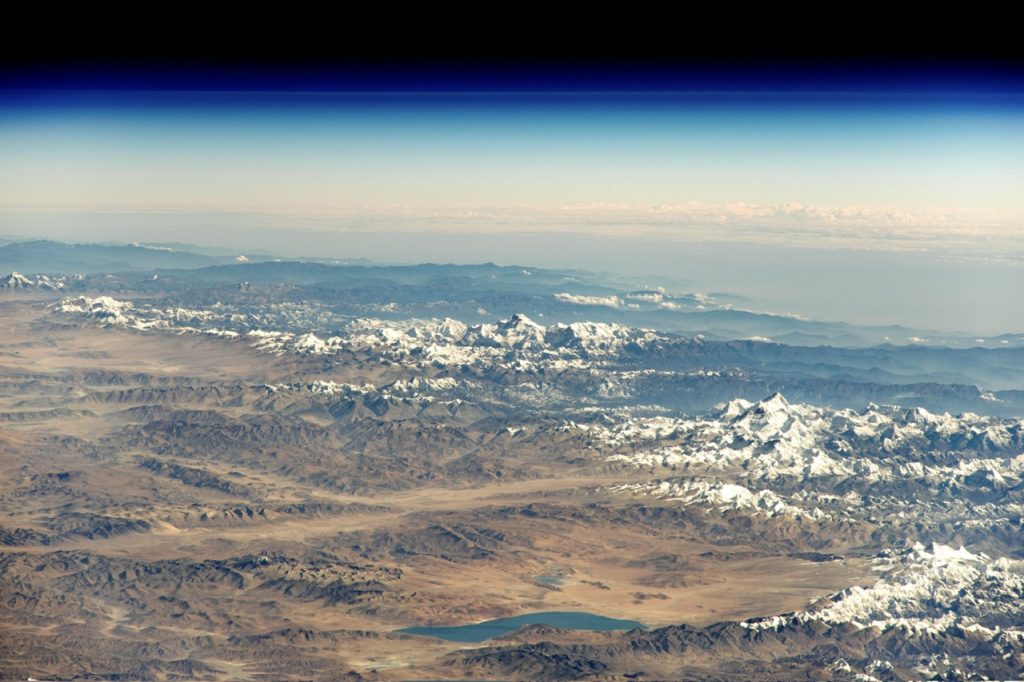The Ornament of Clear Realization
Skt. Abhisamayalankara-prajnaparmita-upadesha-shastra
A commentary (shastra) on the Prajnaparmita Sutras of the Maitreya Buddha by Thrangu Rinpoche Geshe Lharampa.
[Herein] a Summary of the Topics with Their Tibetan Names
Topics: I-III concern Wisdom; IV-VII concern Method; VIII concerns Attainment.
- I. The Knowledge of All Phenomena rnam pa tham cad mkhyen pa
- A. Bodhicitta sems bskyed [1st condition]
- 1. Its Characteristics mtshan-nyid
- 2. Its Categories dbye ba
- B. Practice instructions gdams ngag [2nd condition]
- 1. Practice sgrub pa
- 2. The truths bdan pa rnams
- 3. The three jewels dkon mchog gsum
The Three Types of Diligence brston ‘ grus ram pa gsum - 4. Overcoming harmful activities ma zhen pa
- 5. Overcoming spiritual fatigue yongs su mi ngal ba
- 6. Overcoming faintheartedness lam yongs su ‘ dzin pa
- 7. The five kinds of visions spyan Inga
- 8. The six clear cognitions mngon shes drug
- 9. The path of insight mthong lam
- 10. The path of cultivation som lam
- C. The four stages of separation [3rd condition] (Path of Junction) nges ‘byed yan lag rnam pa bzhi
- 1. Warming drod
- 2. Peak rtse mo
- 3. Forbearance bod pa
- 4. Highest worldly dharma ‘jig rten chos mchog
- D. Buddha-nature, the basis for our practice [4 condition] sgrub pati rten rang bzhin gnas rigs
- 1-6. The six dharmas of realization rtogs pati chos drug
- 7. Achieving remedies gnyen po’i sgrub pa
- 8. Achieving abandoning spong ba’ isgrub pa
- 9. Achieving completions of two bde sdug yongs su gtugs pa’ i sgrub pa
- 10. Achieving wisdom with compassion shes rab snying rtser beas pa’ i sgrub pa
- 11. Achieving extraordinary disciples slob ma thun mong min pa’ i sgrub pa
- 12. Gradually achieving benefit of others gzhan don du rim pa byed pa’i sgrub pa
- 13. Achieving jnana without effort ve shes rtsol ba mi mngat bar ‘jug pati sgrub pa
- E. The Objects of Focus dmigs pa [5th condition]
- 1. Virtue dge ba
- 2. Non-virtue mi dge ba
- 3. Neutral actions lung ma bstan
- 4. Worldly understanding ‘jig rten pa’ i rtogs pa
- 5. Transcendental understanding jigs rten las ‘ das pa’ i riogs pa
- 6. Tainted phenomena zag beas kyi chos
- 7. Untainted phenomena zag pa med pa’ i chos
- 8. Created phenomena ‘ dus byas kyi chos
- 9. Uncreated phenomena ‘ dus ma byas kyi chos
- 10. Ordinary phenomena thun mong ba’ i chos
- 11. Uncommon phenomena thun mong ma yin pa’ i chos
- F. The Purpose ched du bya ba [6th condition]
- 1. Great mind sems chen po
- 2. Great abandoning spong ba chen po
- 3. Great realization rtogs pa chen po
- G. Armor-like Practice go cha’i serub pa [7th condition]
- 1. Generosity sbyin pa
- 2. Discipline tshul khrims
- 3. Patience brod pa
- 4. Diligence brtson ‘gurs
- 5. Meditation bsam gtan
- 6. Wisdom shes rab
- H. Applied Practice ‘jug pa’ i sgrub pa [8th condition]
- 1. Formless meditations bsam gtan gzugs med
- 2. Six Paramitas phar phyin drug
- 3. Paths Lam
- 4. Four limitless meditations tshad med bzhi
- 5. Having no object dmigs pa med pa dang Idan pa
- 6. Purity of the three circles ‘klor gsum
- 7. Purposefulness ched du bya ba
- 8. Six clear cognitions
- 9. Knowledge of all phenomena rnam pa thams cad mkhyen pa
- A. Bodhicitta sems bskyed [1st condition]
- I. The Practice of Accumulation ishogs kyi sgrub pa [9th condition]
- 1. Great compassion snying rje chen po
- 2. Giving sbyin pa
- 3. Discipline tshul khrims
- 4. Patience bod pa
- 5. Diligence brtson ‘grus
- 6. Meditation bsam gtan
- 7. Wisdom shes rab
- 8. Tranquillity zhi gnas
- 9. Insight lhag mthong
- 10. The path of combining the two zung du ‘brel ba’ i lam
- 11. Skillful means thabs mkhas
- 12. Jnana ve shes
- 13. Merit bsod nams
- 14 Paths lam
- 15. Dharani gzungs
- 16. Bodhisattva levels sa
- 17. Remedies gnyen po
- J. The Practice of Certain Release nges par ‘byung ba [10th condition]
- 1. Purposefulness ched du bya ba
- 2. Sameness mnyam pa nyid
- 3. Accomplishing the benefit of beings sems can don sgrub
- 4. Effortless, spontaneous accomplishment bad med lhun gyis grub pa
- 5. Transcending eternalishm and annihilism rtag chad kyi mtha’ las ‘ das pa
- 6. Achieving meaning of the three vehicles theg pa gsum gyi don thob pa
- 7. Knowledge of all phenomena rnam pa thams cad mkhyen pa
- 8. Being in possession of the paths lam gyi yul can
- A. The Foundation of the Path lam gyi rten
- 1. Removing pride mog mog par byed pa
- 2. Certainty of the Object vul nges pa
- 3. Encompassing skyob pa
- 4. Nature rang bzhin
- 5. The functions (of the preceding) de yi las
- B. Knowledge of the shravaka path nyan thos kyi lam shes pa
- C. Knowledge of the pratyekauddha path bse rlu rang sangs rgyas kyi lam shes
- D. The path of insight of the Mahayana the chen mthong lam
- E. Functions of the Mahayana path of cultivation theg chen gyi sgom lam gyi byed pa
- 1. Complete pacification Ihun nas zhi’ ba
- 2. Respect for all beings skye bo thams cad la ‘ dud pa
- 3. Victory over the defilements nyon mongs pati gyul las rgyal ba
- 4. Not being subdued by negative influences god pas brazi ba med pa
- F. Aspiration of the Mahayana path of cultivation theg chen gyi mos pa sgom lam
- 1. One’s own benefit rang don
- 2. The benefit of others gnyis don
- 3. The benefit of others gzhan don
- G. Three kinds praise on path of cultivation bstod bkur bsngags gsum gyi gsom lam
- H. Dedication on the path of cultivation bsngo ba sgom lam
- 1. Special dedication bsngo ba khyad par can
- 2. Endowed with the non-objectifying aspect mi dmigs pa’i rnam pa can
- 3. Having the unerring characteristic bro phyin ci ma log pa ‘i mtshan nyid can
- 4. Isolated dben pa
- 5. Being mindful of nature of budddhas sang rgyas kyi rang bhin dran pa
- 6. Accompanied by skillful means thabs mkhas dang bas pa
- 7. No characteristics mtshan ma med pa
- 8. Pleasing to the buddhas sangs rgyas kyi rjes su yi rang ba
- 9. Not belonging to the three realms khams gsum du ma giogs pa
- 10-12. Lesser, middle, great dedication bsngo ba chung ‘bring che gsum
- I. Rejoicing on the path of cultivation rjes su yi rang ba’i sgom lam
- J. The achievement on the path of cultivation grub pa sgom lam
- K. The purification on the path of cultivation ram dag sgom lam
- 1. Causes rgyu
- a. Conducive causes skye ba’i rgyu
- b. Obstructing causes mi skye ba’i rgyu
- 2. Purification itself rnam dag angos
- 1. Causes rgyu
- A. Not remaining in samsara because of wisdom shes rab gyis srid pa la mi gnas pa
- B. Not remaining in peace because of compassion snying rjes zhi ba la mi gnas pa
- C. Remotness because of not being the skillful means thabs ma yin pas ring ba
- D. Not being remote because of being the skillful means thabs kyis ring ba ma yin nyid
- E. Unfavorable things mi mthun phyogs
- F. Remedying forces gnyen po’i phyogs
- G. Application sbyor ba
- 1. The basis of characteristics form and so on khyad gzhi gzugs sogs
- 2. The characteristics such as impermanence khvad chos mi rtag sogs
- 3. Whether it is the support of qualities on tan gyi rten. du mardzogs pa dang rab tu rdzogs pa
- 4. All one does spyod pa
- H. The equality of this de yi mnyam nyid
- I. The path of insight of hearers and so on nan thos la sogs mthong bati lam
- 1. The truth of suffering sdug bsngal gyi bden pa
- a. Impermanence mi rtag pa
- b. Suffering sdug bsngal ba
- c. Emptiness rang bzhin stong pa
- d. Selflessness bdag med pa
- 2. The truth of origination kun ‘byung gi bden pa
- a. Cause rgyu
- b. The origin of all kun’byung
- c. Thorough development rab rgyas
- d. Condition rkyen
- 3. The truth of cessation ‘gog pa’i bden pa
- a. Cessation ‘gog pa
- b. Peace zhi ba
- c. Excellence gya nom
- d. Definite emergence nges ‘byung
- 4. The truth of the path Lam gyi bden pa
- a. The path lam
- b. Intelligence rig pa
- c. Accomplishment sgrub pa
- d. Definitive emergence nges ‘byin
- 1. The truth of suffering sdug bsngal gyi bden pa
- A. Aspects rnam pa
- B. Application of practice sbyor ba
- 1. The practitioner sbyor ba po’i gang zag
- a. Vessel for hearing nyan pa’ snod
- b. Vessel for adoption len pa ‘i snod
- c. Vessel for integration ‘dzin pa’i snod
- 2. The actual practice sbyor ba dngos
- 1. The practitioner sbyor ba po’i gang zag
- C. The qualities yon tan
- D. The faults skyon
- E. The characteristics of Prajnaparamita mtshan nyid
- 1. Nature ngo bo nyid
- 2. Superiority khyad par
- 3. Knowledge shes pa
- 4. Function byed las
- F. In agreement with liberation thar pa cha mthun
- 1. Essence ngo bo
- 2. Qualities needed dgos pa’i yon tan
- a. Faith dad pa
- b. Diligence brtson ‘grus
- c. The very best attitude bsam pa phun sum tshogs pa
- d. Nonconceptual samadhi rnam par mi rtog pa’i ting nge tdzin
- e. Wisdom which knows the nature of everything chos rams rnam pa thams cad du shes pa’i shes rab
- G. In agreement with definite emerging nges ‘byed cha mthun
- 1. Equality in a loving attitude byams sems la mnyam pa
- 2. Equality in wishing to benefit phan sems la mnyam pa
- 3. Equality of mind in having no hatred khong khro ba med pa’i sems la mnyam pa
- 4. Equality in doing no harm rnam par ‘the ba med pa’i mnyam pa
- 5. Equality in no harsh speech tshig rtsub mi smra ba’i mnyam pa
- 6. Regarding beings as fathers and mothers pha dang ma’i sems
- 7. Regarding beings as brothers and sisters spun dang srin mo’i sems
- 8. Regarding beings as sons and daughters bu dang bu mo ‘i sems
- 9. Regarding beings as relatives and friends bshes dang grogs kyi sems
- 10. Regarding beings as kin gnyen dang snag gi sems
- H. Irreversible paths phyir mi ldog pa ‘i lam
- I. The Application of equality of existence and peace srid zhi mnyam nyid kyi sbyor ba
- J. The application of purifying zhing dag sbyor ba
- K. The application of skillful means thabs mkhas sbvor ba
- A. The application of the signs of the peak rtse mo’ i sbyor ba’ i rtags
- B. Increase in merit bod nams ram par phel ba
- C. Stability brtan pa
- D. Perfect abiding of mind sems kun tu gnas pa
- E. The application of the peak of the path of insight mthong lam rtse sbyor
- 1. That to be removed spang bya
- a. Concept of object bung ba’ i rnam par rtog pa
- b. Concept of a perceiver ‘din pa’ i rnam par rtog pa
- 2. Application of the summit of path of insight mthong lam rtse sbyor dngos
- 1. That to be removed spang bya
- F. The application of the summit of the path of cultivation gsom lam rtse sbyor
- G. The application of peak of absence of obstacles bar chad med pa’ i rtse sbyor
- H. Mistaken concepts which are removed bsal bya log rtog
- A-F. The six paramitas phar phyin drug
- G. The recollection of the Buddha sangs rgyas rjes su dran pa
- H. The recollection of the dharma chos rjes su dran pa
- I. The recollection of the sangha dge” dun rjes su dran pa
- J. The recollection of the right conduct tshul khrims rjes su dran pa
- K. The recollection of giving gtong ba rjes su dran pa
- L. The recollection of the divine state lha rjes su dran pa
- M. The true nature of phenomena chos thams cad kyi gnas lugs
- A. Showing the accumulation of merit bsod nams kyi tshogs bstan pa
- B. Showing the accumulation of wisdom ve shes kyi tshogs bstan pa
- C. Showing the simultaneity of the two accumulations tshogs gnyis zung ‘jug tu bstan pa
- D. Showing the simultaneity of how things are and how they appear gnas tshul dang snang tshul zung ‘jug tu bstan pa
- A. Svabhavikakaya ngo bo nyid sku
- B. Janadharmakaya ve shes chos sku
- C. Sambhogakaya longs spyod rdzogs pa’i sku
Possessing the five certainties nges pa Inga Idan- 1. Certainty of place gnas nges pa
- 2. Certainty of form skunges pa
- 3. Certainty of teachings chos nges pa
- 4. Certainty of entourage ‘khor nges pa
- 5. Certainty of time dus nges pa
- D. Nirmanakaya sprul sku





